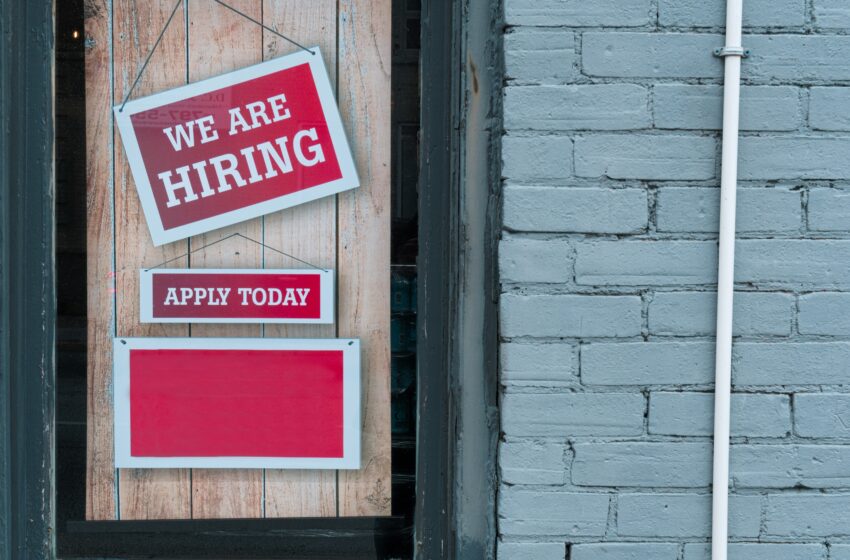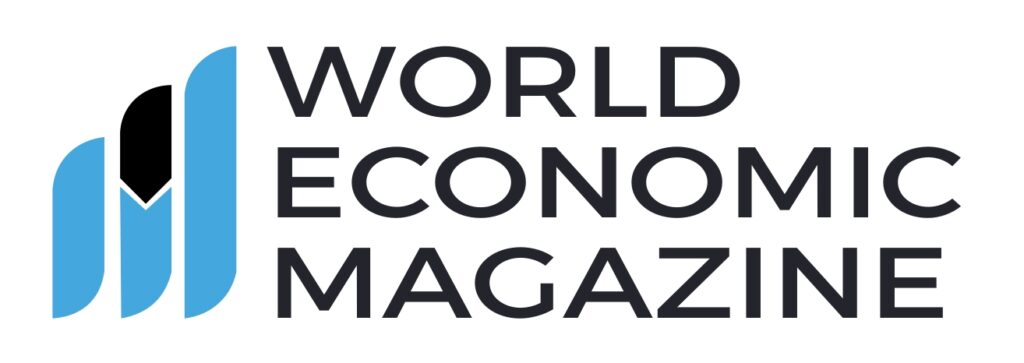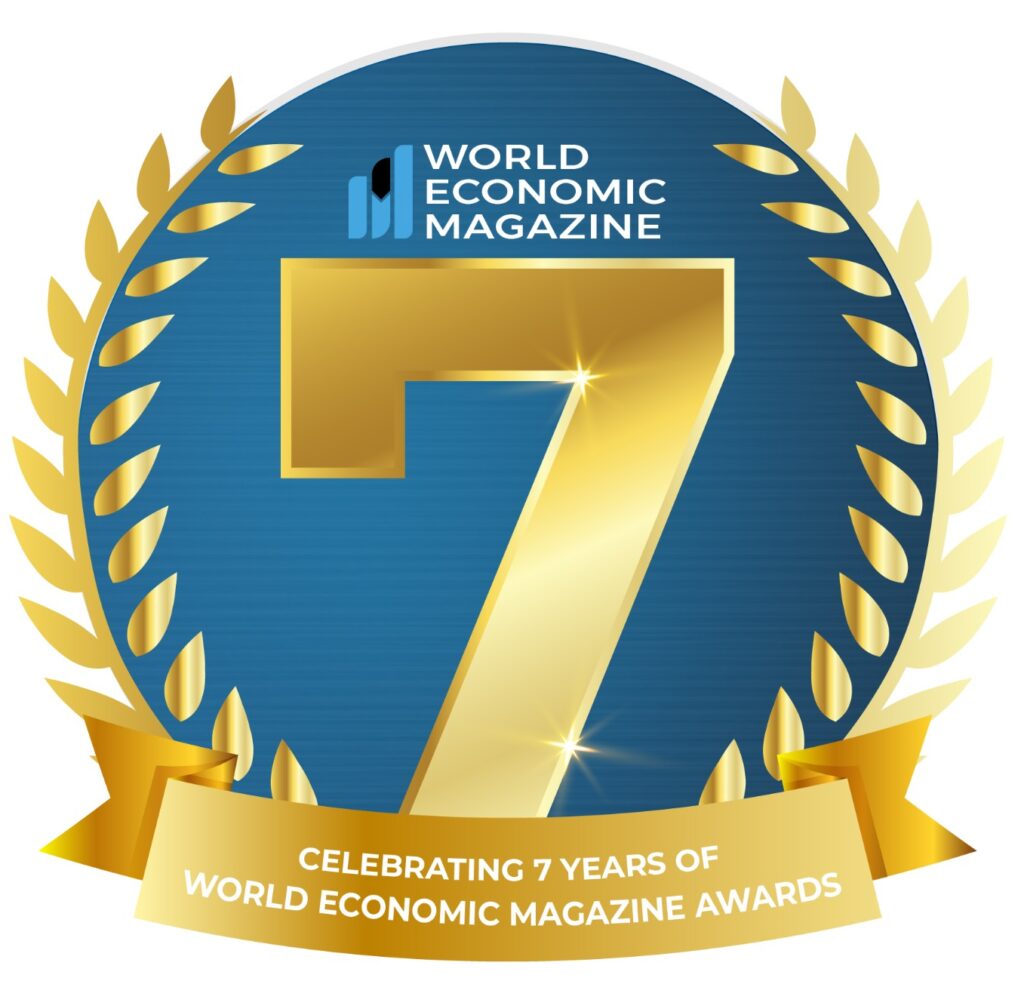
The Harsh Reality: It’s the Toughest Job-Search Climate in Years
Sluggish Hiring & Rising Unemployment
In August 2025, U.S. employers added just 22,000 jobs—far below the 75,000 economists expected—and the unemployment rate climbed to 4.3%, the highest since 2021. Job growth has clearly stalled.
Reliable reports confirm that the three-month moving average of new jobs shrank to 29,000, well under the estimated 50,000 monthly jobs needed to keep unemployment from rising.
Weak Demand Across Major Sectors
The slowdown isn’t confined to one industry. Hiring has tapered in manufacturing, retail, scientific research, child care, technology, and more. Retail stands out with job losses up 242% year-over-year, driven by bankruptcies, weak consumer sentiment, and AI-led restructuring.
Structural Headwinds: Tariffs, AI, Aging Workforce
Several structural factors are tightening the labor market:
- Trade & Tariffs: President Trump’s sweeping tariffs and erratic economic policies have undermined manufacturing and discouraged business expansion.
- Artificial Intelligence: Increasing adoption of AI is enabling more job cuts—especially for entry-level roles. Companies cite AI as a key efficiency tool.
- Aging Demographics & Immigration: A shrinking labor force due to retiring baby boomers and reduced immigration restricts hiring momentum.
Young Workers Hit Hardest: A “Double-Whammy”
Gen Z and recent grads face exceptionally fierce challenges. A record 13.4% of unemployed Americans in July 2025 were new labor force entrants—the highest in 37 years.
The unemployment rate for college-educated 22–27-year-olds has soared to 5.8%, overtaking the national average and marking the worst level, outside the pandemic, since 2012.
The decline in job postings for graduates, including a 15% drop on platforms like Handshake, is fueling dire concerns.
All Generations Feeling the Strain
The hardship isn’t limited to new entrants. Every generation—Gen Z, Millennials, Gen X, Baby Boomers—is struggling:
- Millennials and Gen Xers often face layoffs from management flattening (“Great Flattening”), pushing them toward lower-level roles or freelance support networks.
- Baby Boomers, pressured financially, continue working past retirement—even amid age discrimination.
What’s Driving This Job-Search Freeze?
Across all these headlines, a few key drivers emerge:
- Demand Shock: Uncertain policies lead employers to freeze hiring.
- AI & Automation: Entry-level and routine jobs are increasingly vulnerable.
- Structural Mismatch: Skills don’t align swiftly with changing roles—worsening hiring efficiencies.
- Policy Volatility: Tariffs, interest rate hikes, and data credibility issues are unsettling business confidence.
- Labor Supply Constraints: Aging population and tight immigration restrict worker availability.
- Competitive Scarcity: More job seekers chasing fewer openings—especially entry-level.
Economist’s Lens: A Broader Context
While the current data paints a bleak picture, economists urge cautious interpretation.
Pascal Michaillat, citing NBER indicators, estimates there was already a 71% chance the U.S. entered a recession by May 2025, citing labor market deterioration.
Moody’s Chief Economist, Mark Zandi, warns that nearly one-third of U.S. economic output comes from states either in or near recession territory—highlighting systemic strain on households and job markets.
Final Word
It’s not just one metric or sector, it is a convergence of weak job creation, structural disruptions, and economic uncertainty that makes this a uniquely challenging moment. Whether you’re just starting out or seeking to progress mid-career, the job-search pain is real and wide-ranging.
Staying agile, targeting resilient industries (like healthcare), investing in up-skilling, and leveraging professional networks may offer the best pathways forward, until hiring rebounds, economists predict via possible Fed rate cuts and policy reassurances.






